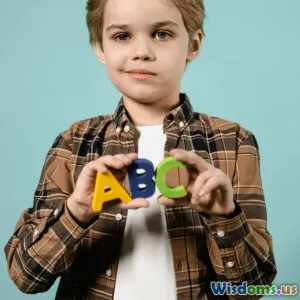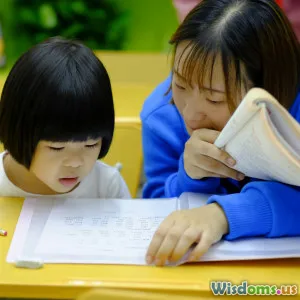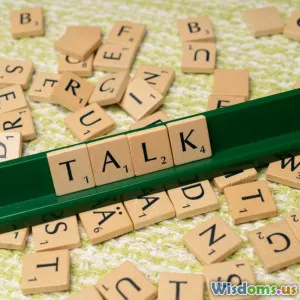
Step by Step Guide to Bilingual Child Language Acquisition
3 min read Discover an evidence-based, practical guide to nurturing bilingual language skills in children from infancy through adolescence. (0 Reviews)
Step by Step Guide to Bilingual Child Language Acquisition
Introduction: Unlocking the Power of Two Languages
Imagine a toddler effortlessly switching between Spanish and English on the playground, or a child able to converse with grandparents in Mandarin while acing schoolwork in French. Bilingualism is no longer a rare phenomenon; it’s a global norm, with over half the world’s population speaking more than one language. But how do young minds acquire two languages? Is bilingualism confusing or beneficial? Most importantly, what practical steps can parents, caregivers, or educators take to successfully nurture bilingual children?
This guide peels back the myths and complexities to reveal the science, stages, and hands-on strategies behind bilingual child language acquisition—a journey that enhances cognitive flexibility, cultural understanding, and academic achievement. Whether you’re an expectant parent, a teacher, or simply fascinated by languages, this step-by-step plan is packed with expert knowledge, real-life examples, and actionable advice designed to empower families to raise confident, competent bilinguals.
Why Bilingualism? The Science Behind Growing Up With Two Languages
The Cognitive, Academic, and Social Boons
Research consistently highlights bilingualism's extensive benefits. A 2021 study in Cognition demonstrated that bilingual children display enhanced executive functioning: superior attention control, problem-solving, and mental flexibility (Bialystok, 2011). Their ability to switch tasks and ignore distractions surpasses that of their monolingual peers.
Academically, studies by the American Council on the Teaching of Foreign Languages show that students exposed to multiple languages excel in reading, numeracy, and creativity. Socially, speaking more than one language opens doors to greater cross-cultural communication and deeper interpersonal connections.
Real-World Example
Consider the story of Lucia, born to an Argentinian mother and German father in Berlin. Exposed to both Spanish and German from birth, Lucia became fluent by age five.
Rate the Post
User Reviews
Popular Posts


















